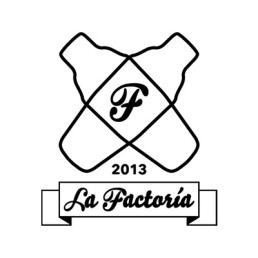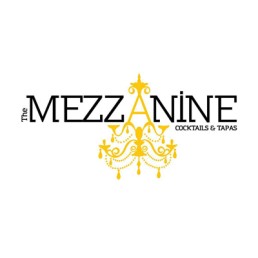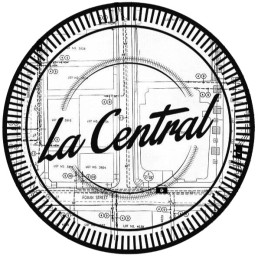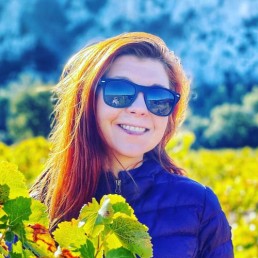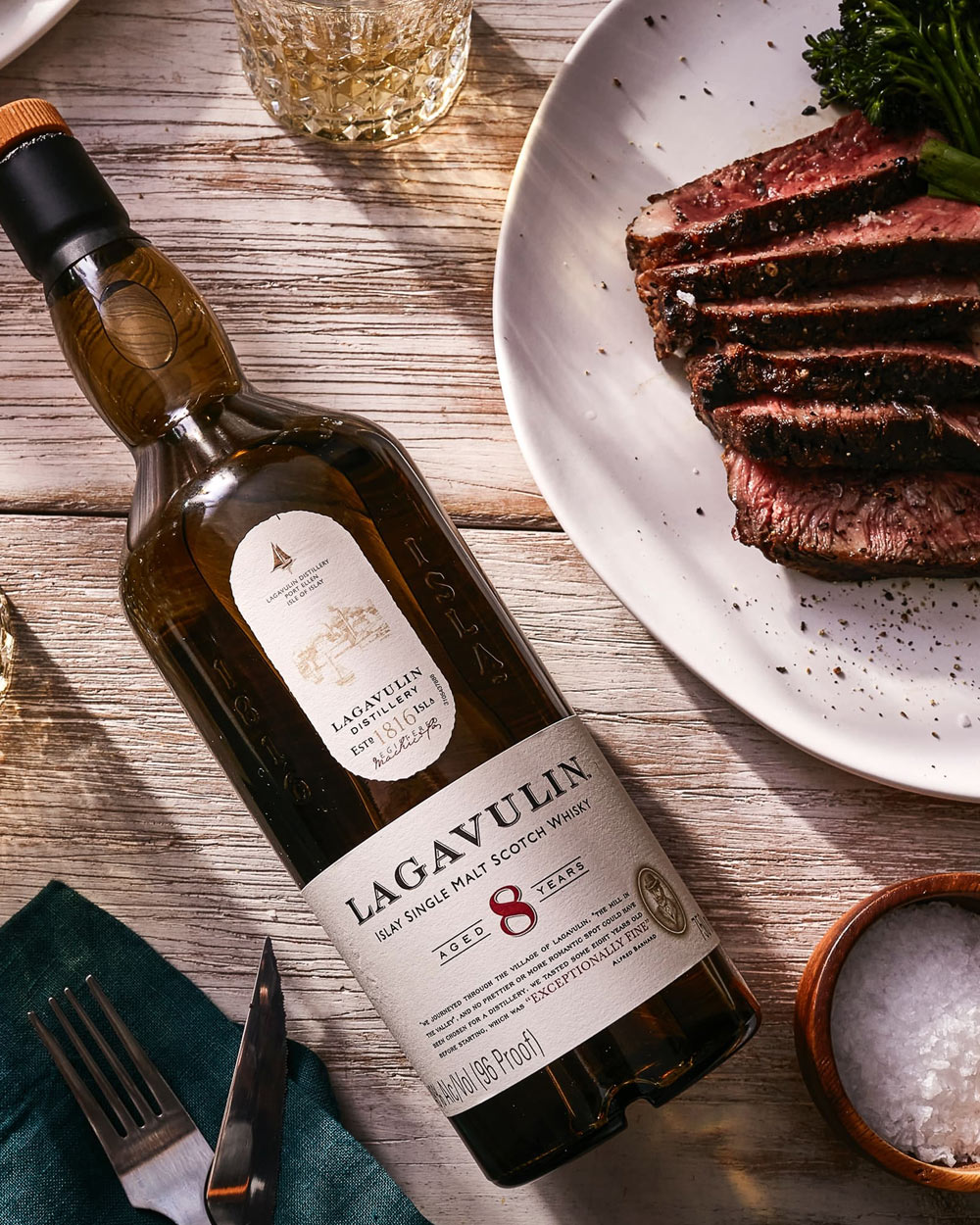The Piña Colada deserves more.
More respect, more authenticity, more love. But let’s qualify that love: it needs to come from people who take cocktails seriously. The Piña Colada gets enough—arguably too much—love from people who quote the Jersey Shore without irony and enjoy drinking frosty beverages from 20-ounce plastic colored yard glasses until they keel over. Ditto the entrepreneurs who leverage the iconic tropical thirst-quencher for their hideous candles, cheap perfumes and poorly flavored lip balms.

Stay with me, because I know this is a stretch. Saving—and elevating—the Piña Colada seems, at first sniff, akin to saving—and elevating—jeggings. The poor, overworked Piña Colada has become one of the most ubiquitous and dumb-downable cocktails in existence, but in its simplest form, made in its homeland, it is not only delicious and surprisingly complex, it is, in one glass, the embodiment of an entire history and culture.
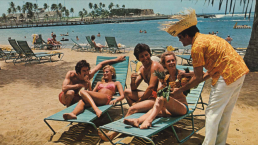
The Birth of the Piña Colada
The Piña Colada’s story all started with a contest at one of the most iconic mid-century mod 20th century hotels in the world.
The Caribe Hilton opened in 1949 in San Juan, Puerto Rico, and instantly became the Studio 54 of the Caribbean.
“Everyone from Liz Taylor, Sophia Loren and Gloria Swanson hung out there,” notes Stephanie de la Hera, a spokesperson for the Hilton, adding that it was also a center of power, and a launching pad for international stars. “American presidents, politicians and diplomats also converged there, and Julio Iglesias, Gloria Estefan and Iris Chacon performed there well before they were famous.”
From the get-go, the hotel—despite its international, mega-corp. status—was invested in the culture of the island.
“When the government put out the RFP [Request for Proposal] for bids from hotels, Conrad Hilton was the only one who responded with a bid in Spanish,” de la Hera explains. “That basically clinched it.”
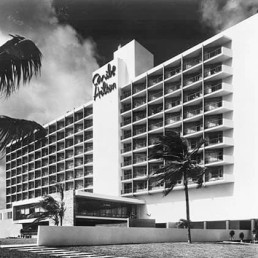
In 1954, the property tapped the staff for an authentic, locally sourced recipe for a drink they could welcome and refresh weary travelers with.
“They created a contest for the staff, with the prize of a TV—which was a huge luxury in those days—as the reward for the winning entry,” de la Hera says. “Bartender Ramón ‘Monchito’ Marrero created a nonalcoholic version of the Piña Colada. This was before blenders existed. It was a wonderful drink that smelled and tasted like Puerto Rico, which is why, in retrospect, it was probably such an instant hit.”
“Bartender Ramón ‘Monchito’ Marrero created a nonalcoholic version of the Piña Colada. This was before blenders existed. It was a wonderful drink that smelled and tasted like Puerto Rico, which is why, in retrospect, it was probably such an instant hit.”
Stephanie de la Hera - spokesperson for the Hilton
The Piña Colada Leaves Home
Made, in Ramón’s hands, of freshly squeezed pineapple juice, coconut cream and heavy cream, poured over crushed ice, the Piña Colada became a mainstay at the hotel, and beyond. And while it is unclear which brilliant soul first thought of adding rum, and when it happened, de la Hera says the Piña Colada lost its virgin status quickly, and by the close of the 1950s, was already reaching ubiquity beyond the turquoise shores of Puerto Rico.
In 1978, the Piña Colada was declared the official drink of Puerto Rico, and de la Hera says, to her the cocktail will always be so much more than the gimmicky island drink many believe it is.
“In Puerto Rico, everything revolves around the family, and the appreciation of the everyday,” de la Hera says. “Puerto Rico has been through so much. From hurricanes repeatedly devastating the island, to earthquakes, to political unrest and financial instability, the people here have learned to exist in the moment and appreciate every day pleasures.”
The Piña Colada may taste like a tropical vacation to outsiders, but for Puerto Ricans, it’s a staple drink—with or without the rum that gives it the trademark kicks.
“Every celebration, BBQ and get-together has Piña Coladas,” de la Hera says. “It is their way of taking a moment to appreciate the beauty, sunshine and bounty of the island, even in the darkest times.”
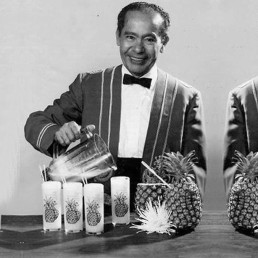
Using the right rum, de la Hera adds, is key. “We use Don Q.”
Rum, of course, emerged as an arm of the sugarcane industry, and today, the vast majority of the rum consumed in the U.S. hails from Puerto Rico. Bacardi is the most visible export, but Don Q is considered, especially by Puerto Ricans themselves, a more authentic rum. It was founded by Don Juan Serrallés, who also perfected the craft of rum-making in Puerto Rico by importing a copper pot from France and using it to distill the spirit in 1865. Following Prohibition, the Don Q brand was introduced, and from the beginning, de la Hera says it has been the rum of choice for authentic Piña Coladas.
You’ve probably had countless subpar iterations … but when is the last time you tried the classic?
Here is Ramón “Monchito” Marrero’s O.G. recipe, with the benefit of rum and modern technology. I prefer it sans blender, over crushed ice.
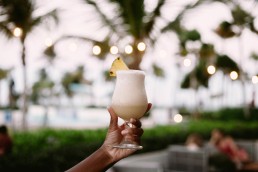
What You’ll Need
2 oz. rum (Don Q Gold preferred)
1 oz. coconut cream
1 oz. heavy cream
6 oz. pineapple juice
½ cup crushed ice
How To Make It
Mix rum, cream of coconut, heavy cream and pineapple juice in a blender. Add ice and mix for 15 seconds. Serve in a 12-oz. glass and garnish with fresh pineapple and a cherry.
The Best Place To Drink A Piña Colada
If you happen to be heading to Puerto Rico, here are the best bars on the island to indulge in this creamy, tropical treat.
La Factoria
148 Calle San Sebastián, San Juan, 00901
Named one of the world’s top 50 bars five years running, this unmarked location has secret passages that lead you to one of six bars each with its own distinct vibe.
The Mezzzanine
156 Sol St. 2nd Floor, San Juan, Puerto Rico, 00901
This classic Old San Juan hangout has been at the heart of Puerto Rico’s Old Capital City since 1957.
La Central
35 Calle J. Celso Barbosa, Isabela, PR, 00662
Located right next to Isabela’s townsquare in Puerto Pico, this chill, beachside hangout is all about live music and relaxed fun, the perfect Piña Colada environment.
Kathleen Willcox writes about drinks, travel and culture from her home in Saratoga Springs, N.Y., and from the road, while exploring. She is keenly interested in sustainability issues, and the business of making ethical drinks and food. Her work appears regularly in Wine Searcher, Wine Enthusiast, Wine Industry Advisor and many other publications.
